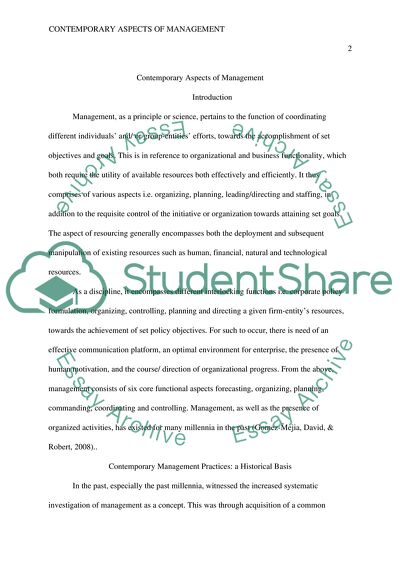Cite this document
(Contemporary Aspects of Management Essay Example | Topics and Well Written Essays - 2500 words, n.d.)
Contemporary Aspects of Management Essay Example | Topics and Well Written Essays - 2500 words. https://studentshare.org/management/1824127-supervison-10th-edition-by-leslie-w-rue-and-lloy-l-byars
Contemporary Aspects of Management Essay Example | Topics and Well Written Essays - 2500 words. https://studentshare.org/management/1824127-supervison-10th-edition-by-leslie-w-rue-and-lloy-l-byars
(Contemporary Aspects of Management Essay Example | Topics and Well Written Essays - 2500 Words)
Contemporary Aspects of Management Essay Example | Topics and Well Written Essays - 2500 Words. https://studentshare.org/management/1824127-supervison-10th-edition-by-leslie-w-rue-and-lloy-l-byars.
Contemporary Aspects of Management Essay Example | Topics and Well Written Essays - 2500 Words. https://studentshare.org/management/1824127-supervison-10th-edition-by-leslie-w-rue-and-lloy-l-byars.
“Contemporary Aspects of Management Essay Example | Topics and Well Written Essays - 2500 Words”. https://studentshare.org/management/1824127-supervison-10th-edition-by-leslie-w-rue-and-lloy-l-byars.


